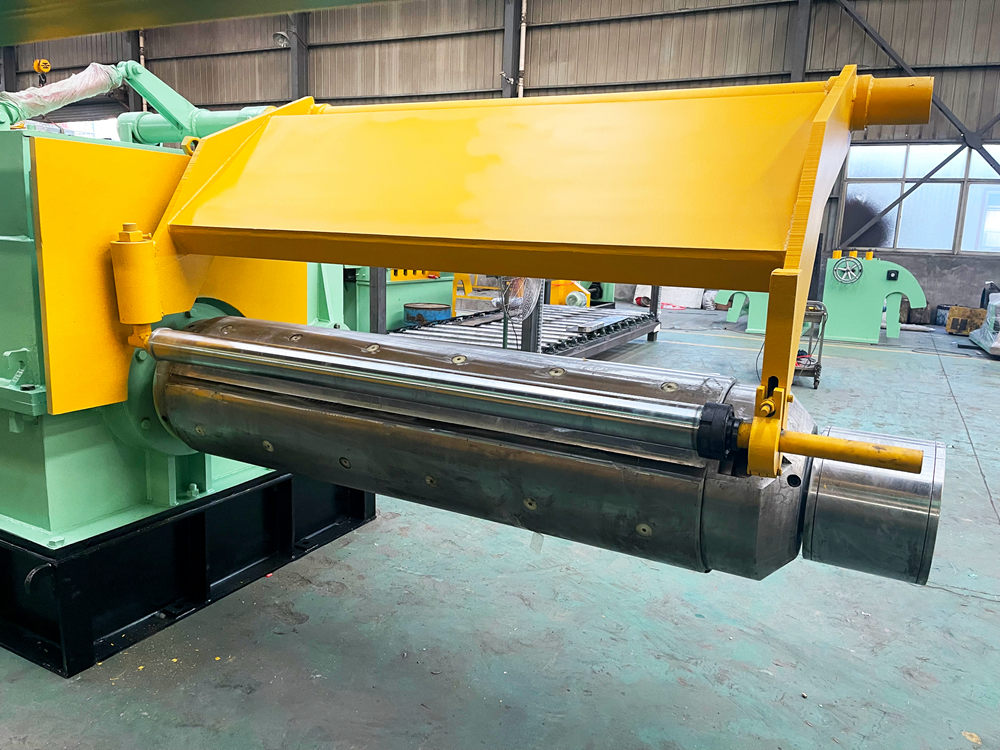
Understanding Cold Roll Forming Machines for Wall Angle and C Channel Production
In the modern construction landscape, the need for efficient and effective material production methods has never been greater. Among the innovations that have revolutionized the industry is the cold roll forming machine, specifically designed for the production of elements like wall angles and C channels, which are essential components in drywall and stud construction. This article delves into the intricacies of cold roll forming machines, their uses, benefits, and the process involved in producing wall angles and C channels.
What is Cold Roll Forming?
Cold roll forming is a manufacturing process that shapes metal sheets into specific profiles through a series of consecutive bending operations, all performed at room temperature. This technique is primarily utilized for producing metal components that are characterized by their high strength-to-weight ratio and dimensional accuracy. Cold roll forming machines are capable of producing various profiles, including C channels, U channels, Z sections, and wall angles, tailored to meet specific structural requirements.
Applications of Wall Angles and C Channels
Wall angles and C channels serve crucial roles in the framework of interior and exterior wall systems. Wall angles are typically used to support drywall at the edges and corners, providing a clean and secure finish. They help in reinforcing the structure as well as hiding the metal studs or framing within wall assemblies.
C channels, on the other hand, are utilized in various applications, including structural support in roofs, floors, and walls. They offer versatility, strength, and ease of installation, making them a preferred choice in both residential and commercial construction projects.
The Cold Roll Forming Machine Process
The production of wall angles and C channels using cold roll forming machines involves several key steps
1. Material Feeding The process begins with unwinding a coil of flat metal sheets, typically made from galvanized steel or other alloys suitable for construction. The coil must be fed into the forming machine accurately to ensure consistency in the profile.
2. Roll Forming As the metal sheet is fed through the rollers, it travels through a set of gradually shaped dies arranged in a specific sequence. Each set of rollers bends the metal incrementally until the desired profile (wall angle or C channel) is achieved. This continuous process not only enhances efficiency but also minimizes waste.

3. Cutting and Punching Once the desired length of the profile has been formed, additional equipment such as shear cutters may be deployed to cut the metal into required lengths. Simultaneously, holes for screws or other fasteners may be punched into the profile for easy installation and assembly.
4. Finishing After cutting, the profiles are often inspected for quality assurance before being packaged for distribution. Surface treatments, such as coating or painting, can also be applied based on client specifications.
Benefits of Using Cold Roll Forming Machines
1. Efficiency and Speed Cold roll forming machines operate continuously, significantly increasing production rates compared to traditional manufacturing methods. This attribute is essential for constructing large buildings or residential projects where time is a critical factor.
2. Material Conservation The precision of the cold roll forming process minimizes waste, ensuring that raw materials are used effectively without sacrificing quality.
3. Design Flexibility These machines allow for the easy modification of profiles; manufacturers can customize designs to suit specific project needs, accommodating various sizes and shapes without significant reconfiguration.
4. Cost-Effectiveness By improving efficiency and minimizing waste, cold roll forming machines contribute to lowering production costs, thereby providing a competitive advantage in the marketplace.
5. High Strength and Durability The cold forming process enhances the mechanical properties of the metal, resulting in stronger profiles that meet rigorous building codes and standards.
Conclusion
In conclusion, cold roll forming machines have become indispensable in the production of wall angles and C channels for the construction industry. Their efficiency, cost-effectiveness, and ability to produce high-quality materials make them a preferred choice for manufacturers. As the demand for lightweight yet durable construction materials continues to rise, cold roll forming technology is poised for growth, offering endless possibilities in the realm of building and construction. Understanding this innovative process equips builders and designers with the knowledge necessary to select the right materials for their projects, ensuring lasting structural integrity and performance.